Flying Around The 2024 Eclipse Shadow
The virtual camera flies from the night side of the Earth and Moon to the day side, revealing the path of the Moon's shadow during the April 8, 2024, total solar eclipse. Includes narration by the visualizer.
Music provided by Universal Production Music: “ Bright Determination” – Julien Vonarb
This video can also be viewed on the NASA Goddard YouTube channel.
A solar eclipse occurs when the Moon passes between the Sun and the Earth, allowing the Moon's long, thin shadow to intersect the Earth's surface. The shadow comprises two concentric cones called the umbra and the penumbra. Observers on the Earth who are within the smaller, central umbra see the Sun completely blocked. Within the larger penumbra, the Sun is only partially blocked.
In this visualization, the Earth, Moon, Sun, and shadow cones are viewed through a telescopic lens on a virtual camera. Long focal lengths like the one used here appear to compress the distance between near and far objects. Despite appearances, the geometry of the scene is to scale. The Moon's umbra cone is roughly 30 Earth diameters long, barely enough to reach the Earth, while the Sun is both 400 times larger than the Moon and 400 times farther away.
The virtual camera flies from the night side of the Earth and Moon to the day side, revealing the path of the Moon's shadow during the April 8, 2024, total solar eclipse. The umbra sweeps across the surface at more than 1500 miles (2400 kilometers) per hour along the path of totality, shown in red. The shadow would move even faster if the Earth weren't rotating in the same direction. The shadow tracks the west-to-east motion of the Moon in its orbit.
The outline of the penumbra is shown in purple, and the northern and southern edges of the path it sweeps out are drawn in yellow. This shows the part of the Earth where people will see at least a partial eclipse. Orange loops at either end of the eclipse path are sunrise and sunset lines, points on the Earth where the eclipse either begins or ends at sunrise or sunset.
The umbra is over land for just an hour and forty minutes before moving into the North Atlantic and then skipping off the edge of the Earth.
The virtual camera flies from the night side of the Earth and Moon to the day side, revealing the path of the Moon's shadow during the April 8, 2024, total solar eclipse.
Credits
Please give credit for this item to:
NASA's Scientific Visualization Studio
-
Visualizer
- Ernie Wright (USRA)
-
Narrator
- Ernie Wright (USRA)
-
Narration
- Ernie Wright (USRA)
-
Producer
- David Ladd (Advocates in Manpower Management, Inc.)
-
Editor
- David Ladd (Advocates in Manpower Management, Inc.)
-
Technical support
- Laurence Schuler (ADNET Systems, Inc.)
- Ian Jones (ADNET Systems, Inc.)
Release date
This page was originally published on Monday, November 13, 2023.
This page was last updated on Monday, July 15, 2024 at 12:11 AM EDT.
Datasets used in this visualization
-
BMNG (Blue Marble: Next Generation) [Terra and Aqua: MODIS]
ID: 508Credit: The Blue Marble data is courtesy of Reto Stockli (NASA/GSFC).
This dataset can be found at: http://earthobservatory.nasa.gov/Newsroom/BlueMarble/
See all pages that use this dataset -
DEM (Digital Elevation Map) [LRO: LOLA]
ID: 653 -
DE421 (JPL DE421)
ID: 752Planetary ephemerides
This dataset can be found at: http://ssd.jpl.nasa.gov/?ephemerides#planets
See all pages that use this dataset -
LROC WAC Color Mosaic (Natural Color Hapke Normalized WAC Mosaic) [Lunar Reconnaissance Orbiter: LRO Camera]
ID: 1015This natural-color global mosaic is based on the 'Hapke normalized' mosaic from LRO's wide-angle camera. The data has been gamma corrected, white balanced, and range adjusted to more closely match human vision.
See all pages that use this dataset
Note: While we identify the data sets used in these visualizations, we do not store any further details, nor the data sets themselves on our site.
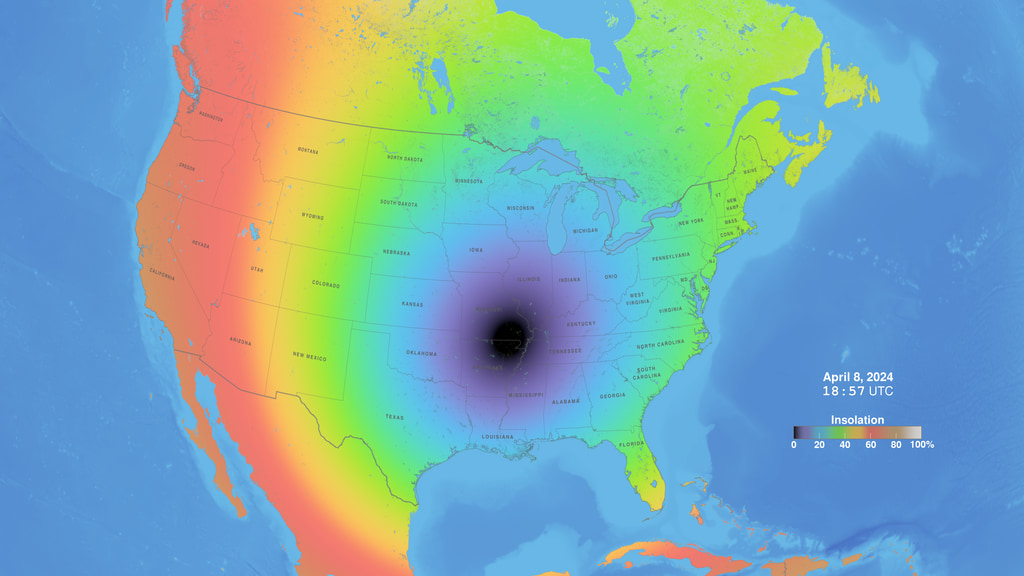
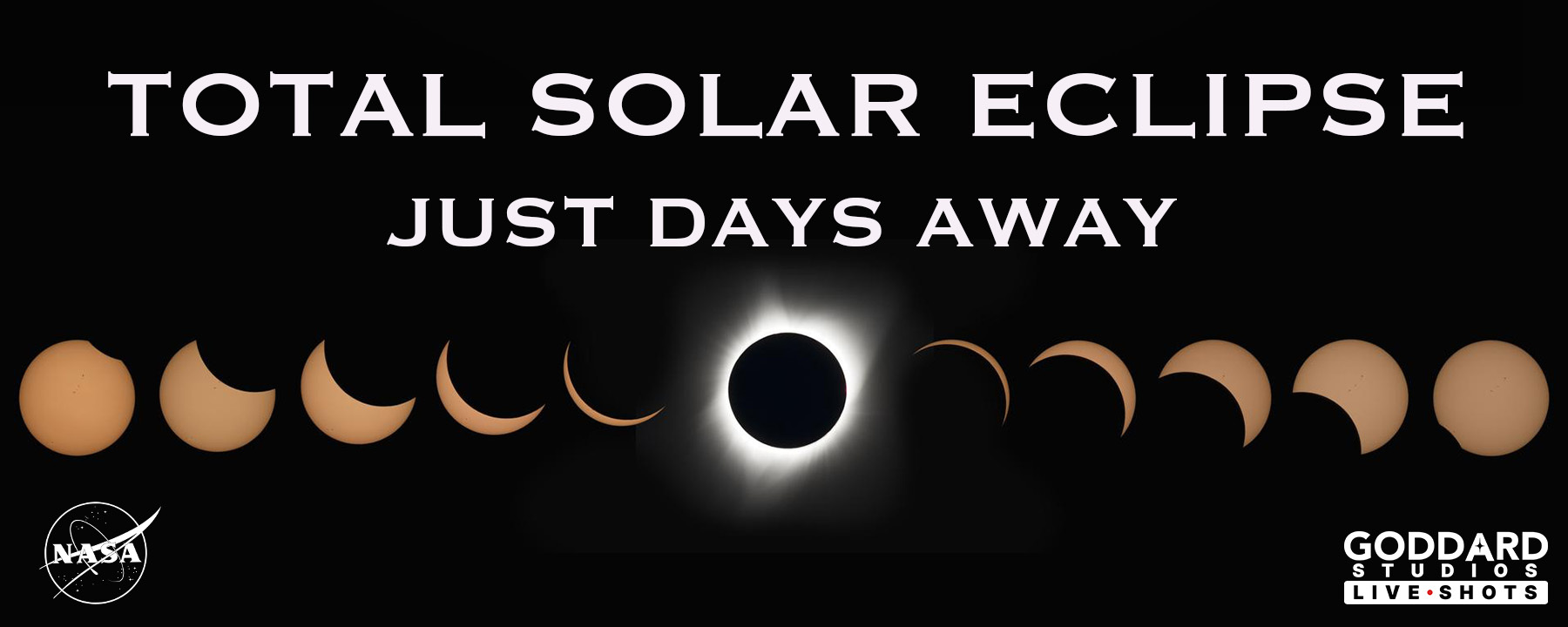
![Music Credit: “Corals Instrumental” by Marc Burh [GEMA], Marek Nichel [GEMA] via Universal Production MusicAdditional photographs and footage: Unsplash, Videvo](/vis/a010000/a014500/a014557/14557_EclipsePhotoTips_Thumbnail.png)
![Music Credit: “Everything Will Be Fine” Paul Reeves [PRS] via Universal Production MusicComplete transcript available.](/vis/a010000/a014500/a014541/14541_DEB_Thumbnail.png)

![Music Credit: “Fly Beyond Instrumental” Magnum Opus [ASCAP] via Universal Production MusicComplete transcript available.](/vis/a010000/a014500/a014530/GAVRT_Thumbnail.png)
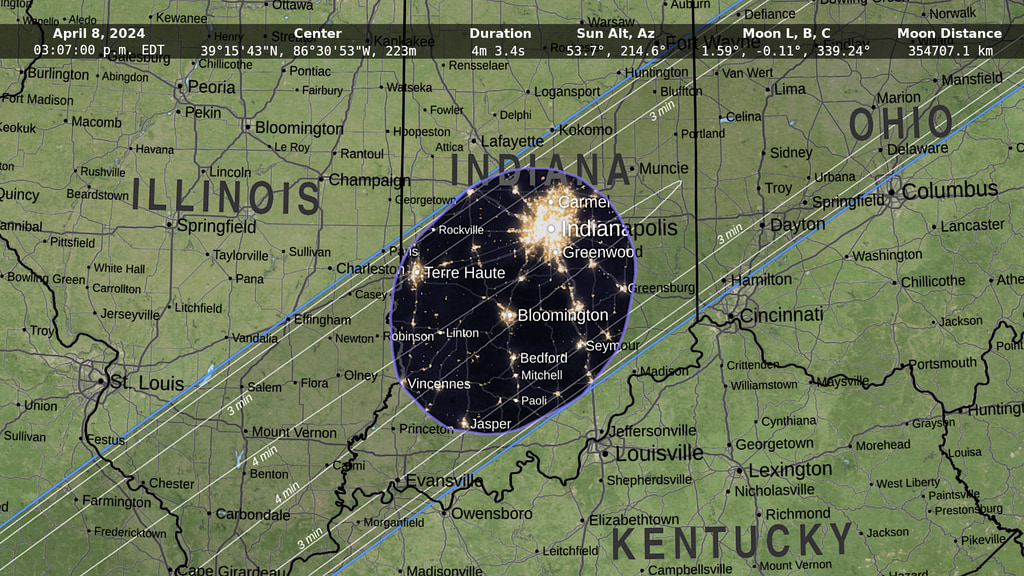
![NASA's 2024 Total Solar Eclipse Broadcast (OFFICIAL TRAILER)Music Credit: “Fallout Instrumental” by Christopher James Brett [PRS] via Universal Production MusicComplete transcript available.](/vis/a010000/a014500/a014520/14520_TSEBroadcastTrailer_thumb.png)
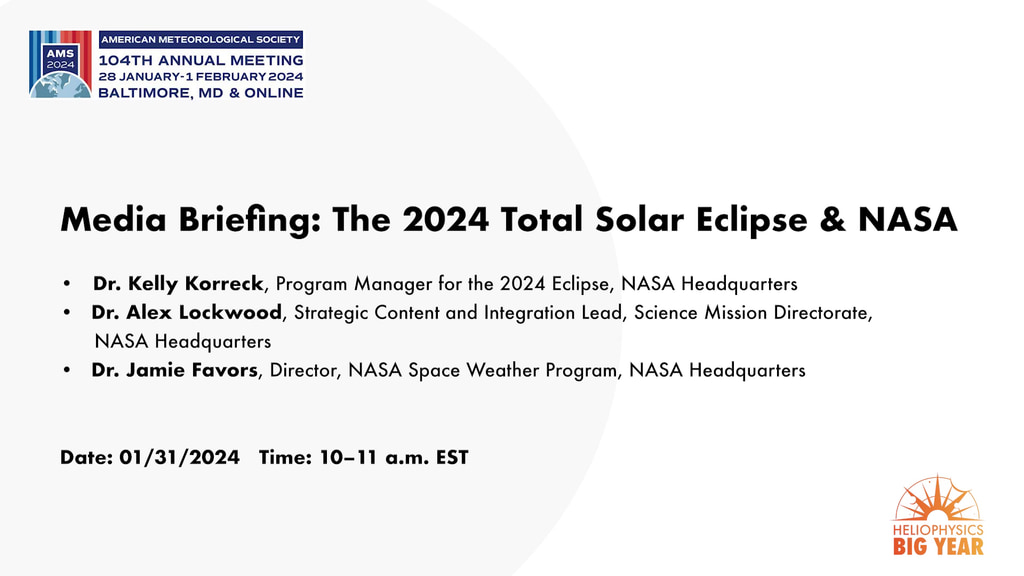
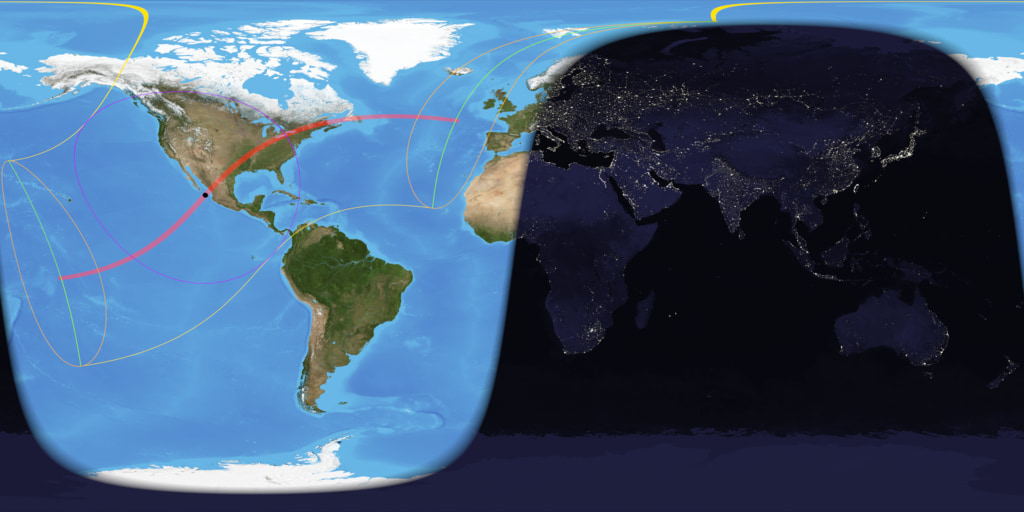
![Map Credit: Michala Garrison and the Scientific Visualization Studio (SVS), in collaboration with the NASA Heliophysics Activation Team (NASA HEAT), part of NASA’s Science Activation portfolio; eclipse calculations by Ernie Wright, NASA Goddard Space Flight CenterMusic Credit: “Cascades” by Air Jared [ASCAP], Sebastian Barnaby Robertson [BMI] via Universal Production Music
Watch this video on the NASA Goddard YouTube channel.](/vis/a010000/a014400/a014474/14474_Thumbnail.png)
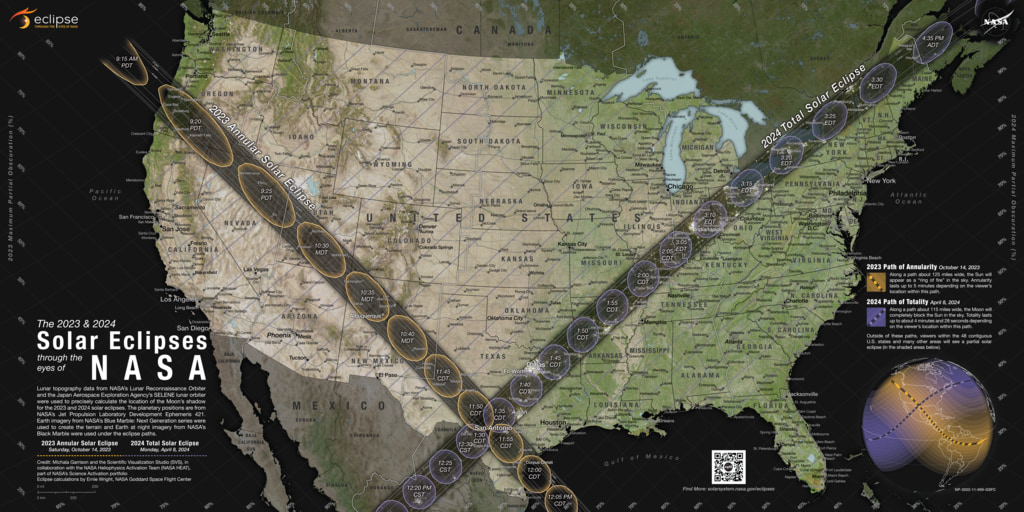
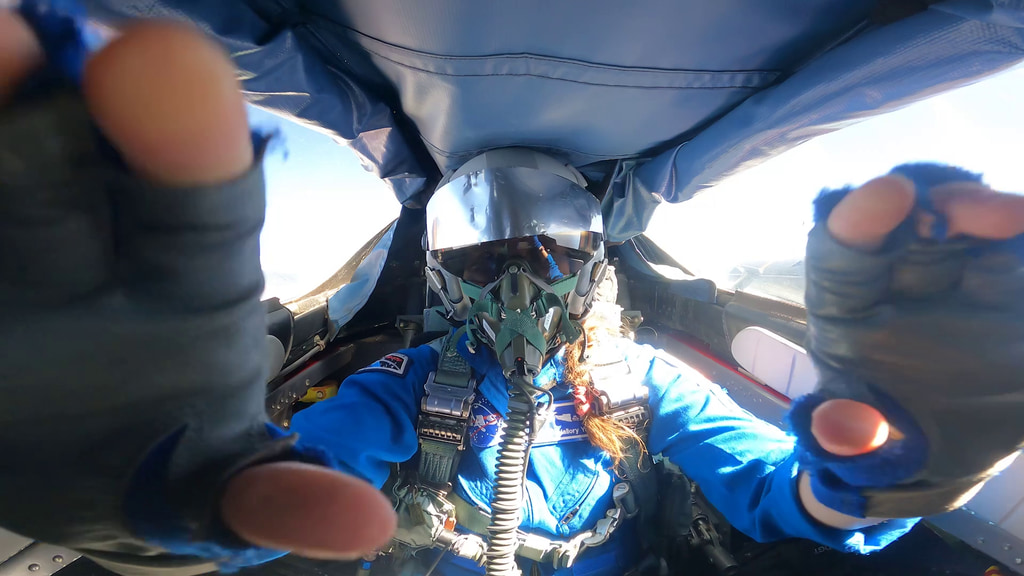
![Watch this video on the NASA Video YouTube channel.Complete transcript available.Music credit: "Towards the Future" by Evan William Conway [ASCAP] from Universal Production Music](/vis/a010000/a014500/a014540/Thumbnail01.jpg)